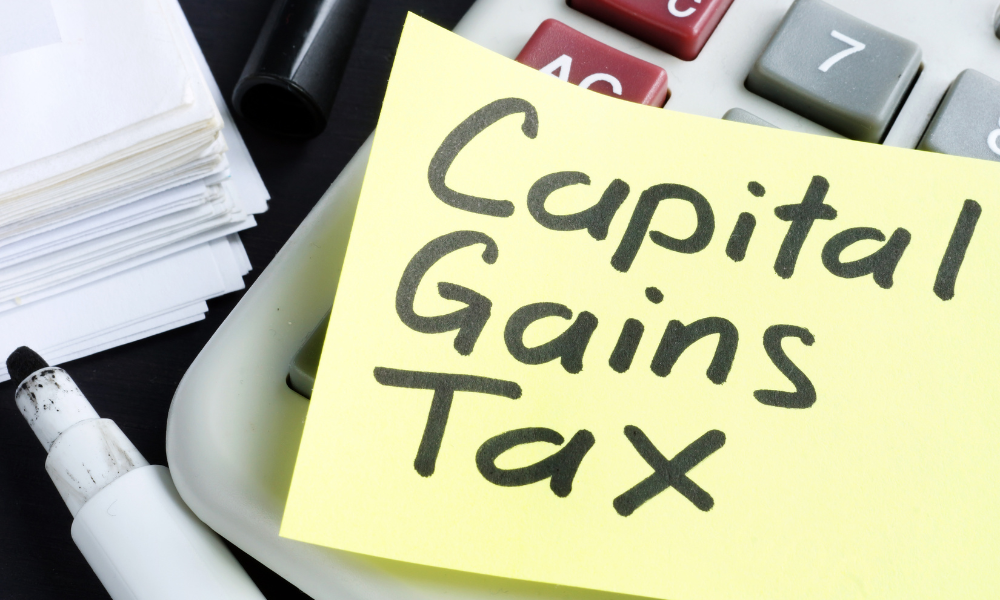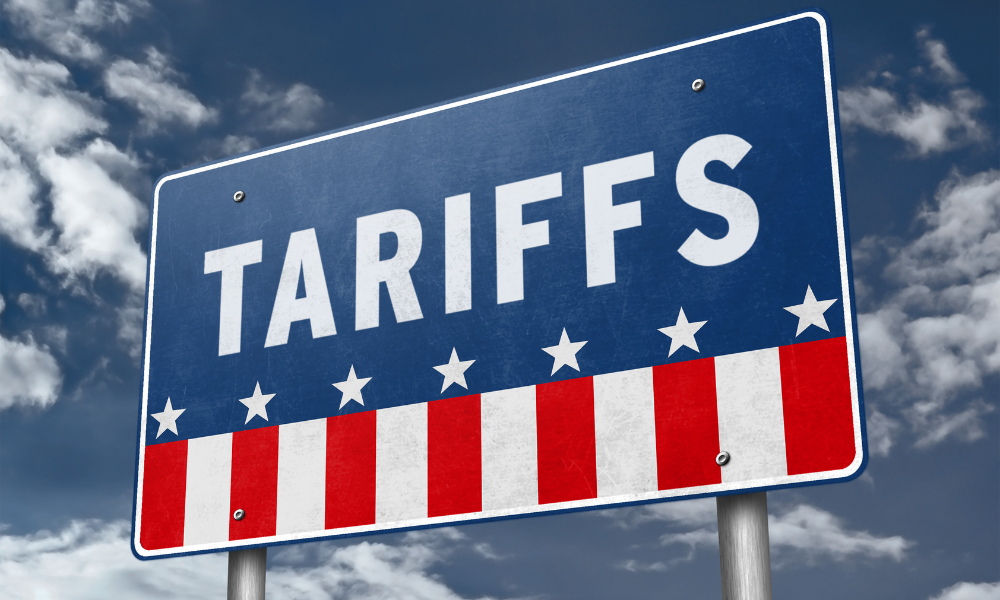In spite of last month’s global market turmoil, the safety of bullion held no appeal for investors
Donald Trump’s surprise election win, India’s currency reform, and Italy’s referendum shocked investors in three large economies. But curiously, the price of gold has been sinking, hitting its lowest point since February according to a Globe and Mail report.
“[T]he suddenly not-so-precious metal hit its lowest point since February, falling as low as US$1,158.13 an ounce, despite the unexpectedly lopsided defeat of Italy’s establishment in a referendum,” said the article. “A month ago, gold was above US$ 1,280an ounce.”
Similarly, a recent decision to demonetize high-value banknotes in India and the unexpected election victory of Donald Trump, whose economic policy positions can be described as unorthodox, should have precipitated a gold rush among investors. But instead, a sudden bullishness has taken over, inspiring a market rally.
“Most pre-election gold commentary made it seem like the prospect of the Trump presidency would be markedly bullish [for the metal] due to the uncertainty surrounding many campaign promises, with many forecasts of $1,500 an ounce,” Rory Johnston, an analyst at Bank of Nova Scotia, wrote in a note. “[However], the market narrative of a Trump presidency quickly shifted from one of uncertainty to a focus on stimulus spending, inflationary pressure and rising US interest rates.”
The new story paints a picture of President-elect Trump spurring growth through tax cuts and increased spending on public works. To avoid inflation, the Fed should push rates higher to cool down the overheating US economy. While gold is ideal to protect against volatility, it offers no dividends or interest, making it less attractive compared to bonds.
Increased rates proclaimed by the Fed are also expected to attract capital into the US, strengthening the dollar. Gold prices, which are dollar-denominated, therefore will become unfavorable to non-Americans, who will have to spend more to buy the metal.
“The bearish outlook is driven by a strong US dollar outlook post-Trump and the back-up in bond yields,” wrote Alexander Hacking of Citigroup, whose analysts have slashed their 2017 gold price forecast from $1,275 an ounce to $1,160 an ounce. Hacking has also put a “sell” rating on Toronto-based Kinross Gold Corporation; prior to that, he had already rated Toronto’s Agnico Eagle Mines Ltd. to “sell.”
Nonetheless, Scotiabank’s Johnston has maintained his $1,300 per ounce forecast for 2017 and 2018, citing possible added shocks from future EU elections and referenda that may result in shelter-seeking among investors.
Related stories:
North American stock funds gain in November
Where to find long-term results in the low growth environment
“[T]he suddenly not-so-precious metal hit its lowest point since February, falling as low as US$1,158.13 an ounce, despite the unexpectedly lopsided defeat of Italy’s establishment in a referendum,” said the article. “A month ago, gold was above US$ 1,280an ounce.”
Similarly, a recent decision to demonetize high-value banknotes in India and the unexpected election victory of Donald Trump, whose economic policy positions can be described as unorthodox, should have precipitated a gold rush among investors. But instead, a sudden bullishness has taken over, inspiring a market rally.
“Most pre-election gold commentary made it seem like the prospect of the Trump presidency would be markedly bullish [for the metal] due to the uncertainty surrounding many campaign promises, with many forecasts of $1,500 an ounce,” Rory Johnston, an analyst at Bank of Nova Scotia, wrote in a note. “[However], the market narrative of a Trump presidency quickly shifted from one of uncertainty to a focus on stimulus spending, inflationary pressure and rising US interest rates.”
The new story paints a picture of President-elect Trump spurring growth through tax cuts and increased spending on public works. To avoid inflation, the Fed should push rates higher to cool down the overheating US economy. While gold is ideal to protect against volatility, it offers no dividends or interest, making it less attractive compared to bonds.
Increased rates proclaimed by the Fed are also expected to attract capital into the US, strengthening the dollar. Gold prices, which are dollar-denominated, therefore will become unfavorable to non-Americans, who will have to spend more to buy the metal.
“The bearish outlook is driven by a strong US dollar outlook post-Trump and the back-up in bond yields,” wrote Alexander Hacking of Citigroup, whose analysts have slashed their 2017 gold price forecast from $1,275 an ounce to $1,160 an ounce. Hacking has also put a “sell” rating on Toronto-based Kinross Gold Corporation; prior to that, he had already rated Toronto’s Agnico Eagle Mines Ltd. to “sell.”
Nonetheless, Scotiabank’s Johnston has maintained his $1,300 per ounce forecast for 2017 and 2018, citing possible added shocks from future EU elections and referenda that may result in shelter-seeking among investors.
Related stories:
North American stock funds gain in November
Where to find long-term results in the low growth environment



